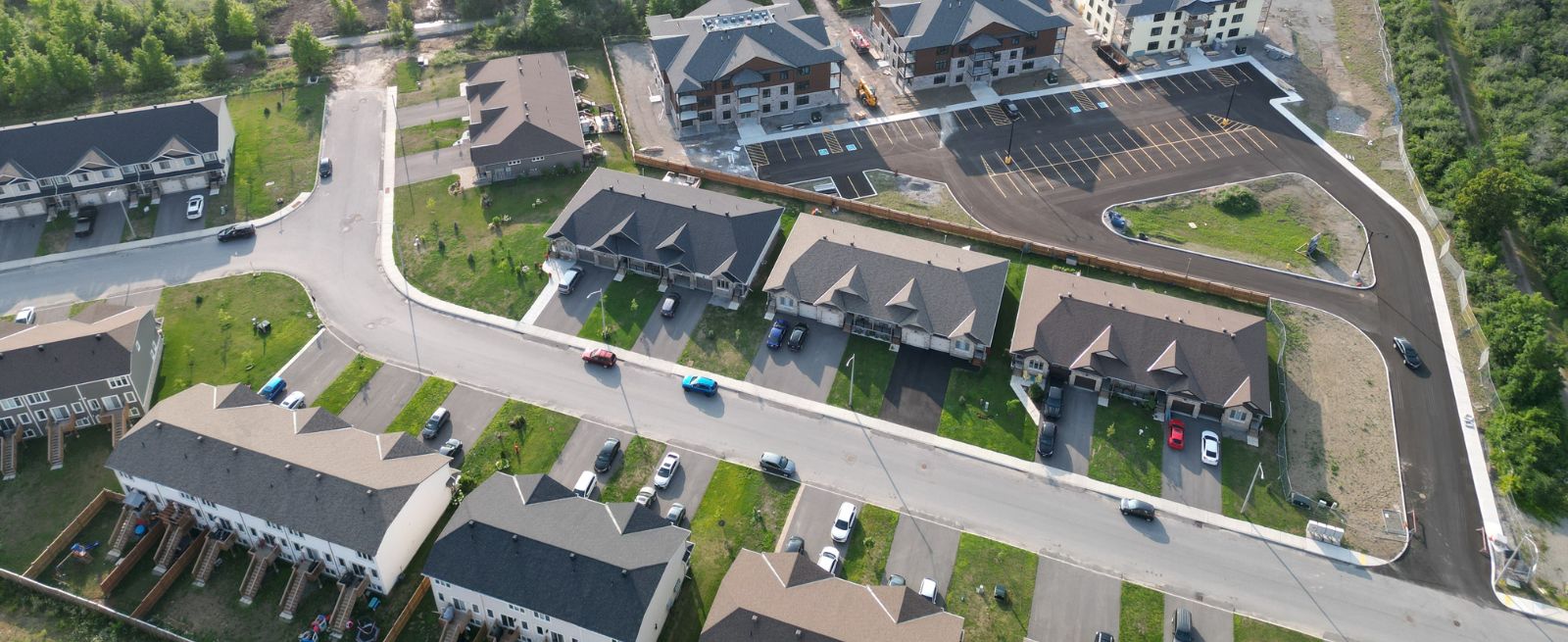A minor variance is a planning approval to allow a development that follows most of the rules under the Zoning By-law, but where one or more rule cannot be exactly met. A minor variance does not change the Zoning By-law; it only excuses a specific rule(s) in the Zoning By-law for a specific property to allow you to get a building permit.
Planning Advisory Committee
The Planning Advisory Committee (acting as the “Committee of Adjustment” under the Planning Act) reviews applications, hosts the needed public meeting and makes decisions on all minor variance applications.
Other powers of the Committee include:
- Clarifying the Zoning By-law when the Zoning By-law information is too general for Planning staff to interpret; and,
- Permission to enlarge or extend an existing use that is not permitted in the property’s zoning group. Note: “legal non-conformity” must be proven for this type of application.
These other powers are processed similar to a minor variance application.
Minor Variance Applications
If you wish to apply for a minor variance, you must complete the application form and collect all the information stated on the form. If you are not the owner of the property, written permission from the owner for you to make the application must be submitted. It is recommended to speak with Planning staff before submitting your application.
A minor variance will only be approved if it meets the “four tests” under the Planning Act:
- The variance is minor in nature and impact;
- The variance is desirable and allows suitable development or use of a property;
- The variance mostly meets the Zoning By-law rules; and,
- The variance mostly meets the goals, objectives and policies of the Official Plan.
The Process – Minor Variance
Review of a Complete Application |
|
Planning staff will review the application when submitted for completeness. If information is missing, the application may be delayed. When deemed complete, the application is sent to Town departments such as Planning Services, the Department of Public Works and Utilities and Building Services to find out if more information is needed. The review looks at things such as grading and if there might be an impact on a wetland. Departments may also suggest conditions for approving the application. |
Agency and Public Notification and Consultation |
|
A public meeting is scheduled and a notice of the meeting will be prepared when department review is complete. The notice is sent out at least 10 days before the meeting and invites the community to give feedback on the application. The notice is sent directly to neighbours, agencies, Town staff and is posted to the Town’s website. |
Committee and Public Meeting |
|
The Planning Advisory Committee (PAC) hosts the needed public meeting and makes the decisions for all minor variance applications. The Planning Advisory Committee meets monthly on the second Thursday. Special meetings may be scheduled when necessary. A staff report for the application is prepared by staff to PAC. The report summarizes the application, feedback received, planning concerns and recommends if the application should be approved. The staff report is sent with PAC’s agenda and posted to the Town’s website 3 days before the public meeting. What can you expect at a public meeting:
If more information is needed, Planning staff will work with you directly so you know what needs to be provided. |
Committee Decision and Appeal Period |
|
The Committee will pass a motion for their decision and listing any conditions. The decision is signed by all Committee members who supported the decision. The decision is sent as a notice to everyone who gave input on the application. The notice must state that eligible parties have 20 days to appeal the PAC’s decision. If no appeals are received, the decision is final. |
Contact Us
Richard Grant
Planner 1
77 Beckwith Street North
Smiths Falls ON K7A 2B8
Richard Grant 613-283-4124 x 1123
rgrant@smithsfalls.ca
 Subscribe to this page
Subscribe to this page






